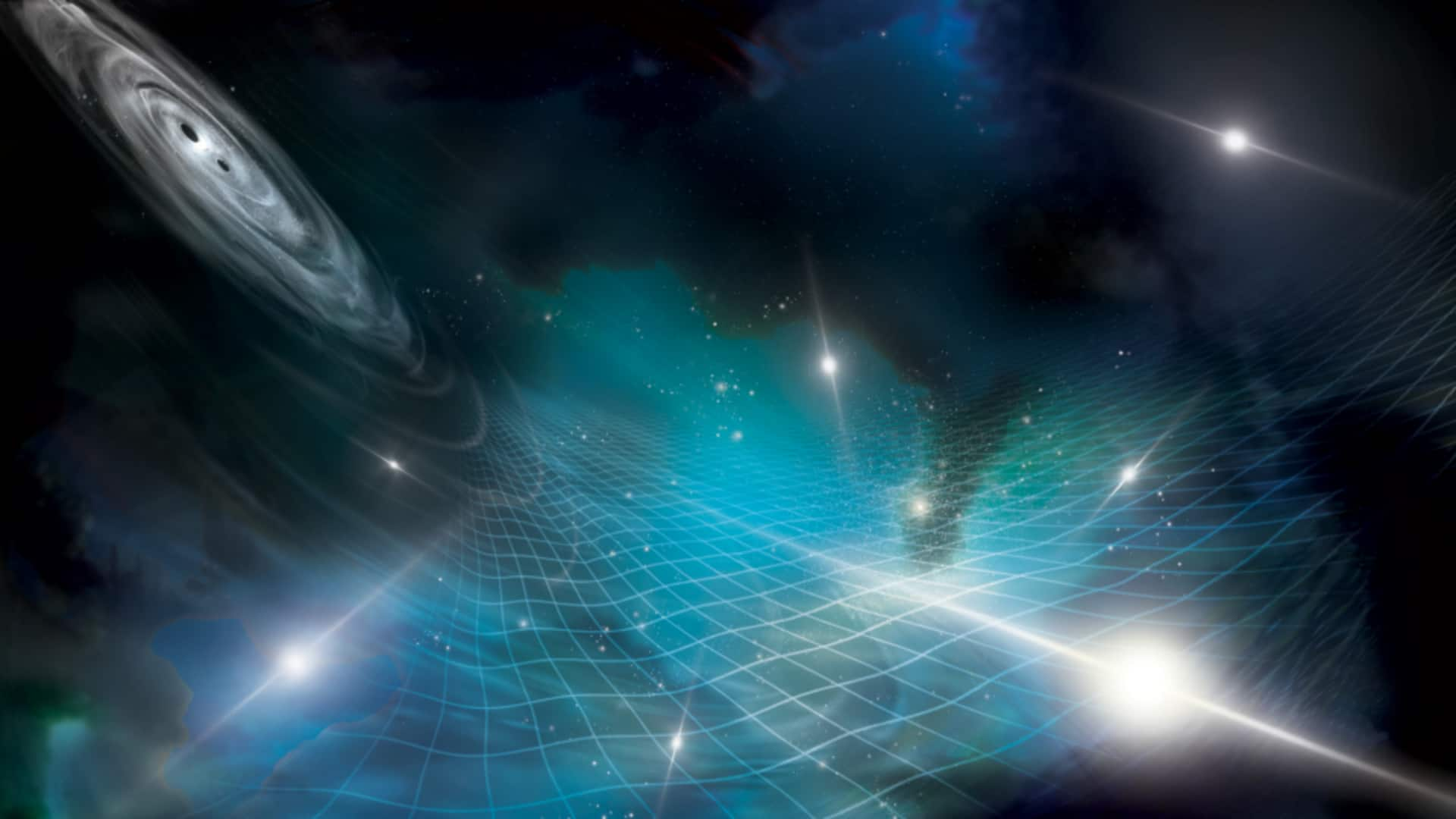
Gravitational waves thrumming through the universe heard for first time
What's the story
For the first time, astronomers have been able to hear the "chorus" of gravitational waves pulsing through the universe. This is the first-ever direct evidence of gravitational wave background which has long been theorized by scientists. The newly-detected gravitational waves, or ripples in space-time, are louder than expected and could significantly enhance our current understanding of the universe.
Explanation
What are gravitational waves and what causes them?
Gravitational waves are caused by some of the most energetic processes in the universe, according to Caltech University. The strongest gravitational waves are produced by large-scale events like merging black holes, colliding neutron stars, or supernovae-explosions of massive stars at the end of their lifetime. Albert Einstein first spoke about gravitational waves in 1916 in his general theory of relativity.
Study
Astronomers have heard the "low-pitch hum" of these cosmic ripples
Some theories also suggest gravitational wave background could be triggered by events taking place soon after the Big Bang. Scientists have been looking for them for years but detecting these particular signals is far from easy. One of the reasons is that these signals are faint. Now, finally, after 15 years of gathering data, astronomers have discovered the "low-pitch hum" of these cosmic ripples.
Observation
Scientists used the NANOGrav observatory for the study
The newly-detected gravitational waves were investigated using the North American Nanohertz Observatory for Gravitational Waves (NANOGrav). This study involved a close examination of pulsars, which are rapidly spinning neutron stars that regularly emanate pulses of electromagnetic radiation, ranging from milliseconds to seconds. Pulsars are particularly useful to astronomers as they act like cosmic metronomes, allowing the study of a variety of space phenomena.
Finding
The newly-detected gravitational waves are the most powerful ever measured
Notably, the newly-detected gravitational waves are the most powerful ever measured, according to the study. They have about a million times the energy of one outburst of gravitational waves from a traditional black hole or neutron star merger. The study mentions that the recently-discovered signals were likely generated by pairs of supermassive black holes heading to collide with each other.
Quote
'This is the first-ever evidence for the gravitational wave background'
"It's like a choir, with all these supermassive black hole pairs chiming in at different frequencies," said Chiara Mingarelli, a NANOGrav scientist. "This is the first-ever evidence for the gravitational wave background. We've opened a new window of observation on the universe."
Official words
'It is about twice as loud as I expected'
"The gravitational wave background is about twice as loud as what I expected," Mingarelli added. "It's really at the upper end of what our models can create from just supermassive black holes." The volume could be the result of experimental limitations or it may also be due to more abundant supermassive black holes than the ones considered in the researcher's models.
Further
Scientists hope to better understand the origin of cosmic noise
Scientists also predict that something else, along with the black holes, is generating cosmic noise. In the next phase of this investigation, they hope to better understand and analyze the origin of the gravitational wave background. Interestingly, hints of the same gravitation wave background signals were reported in papers based on telescopic data from Europe, India, China, and Australia.